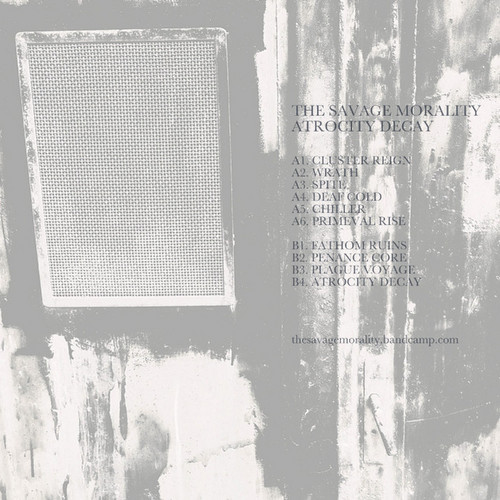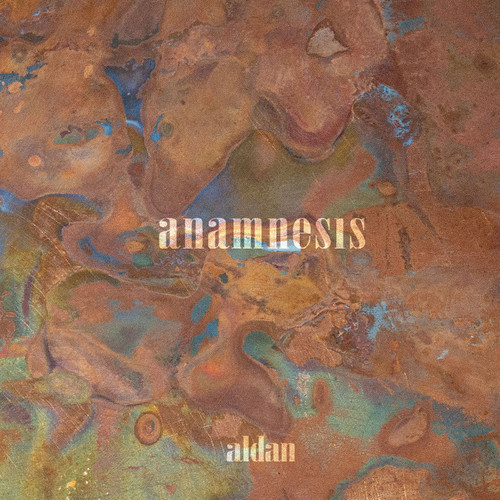New Arrivals
Seduced by (a) last year
Seduced by (a) last year is artist, musician, and researcher, Andreas Hiroui Larsson’s first album under his own name and which features his interdisciplinary music. Larsson weaves together materials from his art,music, and philosophy practices by way of an interdisciplinary artisticmethod, in which imagery, live improvisation, recordings, and text investigate the purpose of one another by entering each other’s fields, andperforming each other’s roles. Larsson’s music constitutes a layered hybri…
Histoire de l’Art
*In process of stocking. Limited to 50 hand-numbered copies.* In the fall of 2018 a close friend of Harold Schellinx registered as an undergraduate student in art history at the Université Paris 1 Panthéon Sorbonne UFR3. As French is not her mother tongue, she recorded the many live-lectures she was attending with a dictaphone application on her iPhone, so as to be able to eventually re-listen to, all or parts of, some of them. During these lectures a substantial fraction of the students took no…
To All My Hideous Children
*In process of stocking. Limited to 30 hand-numbered copies.* "Το All My Hideous Children" collects some of Alice Kemp's emphatically uncanny rites of evocation. Stripped of conventional music interpretation, "To All My Hideous Children", out now on Coherent States, is music from a different world; A sound art work soaked in a dark, raw & disturbed experimental intensity that exhibits Kemp's dream state connection to nature. An audio documentation of eerie recitations, shadows, eroded sounds, fi…
In the Asylum
This album collects works for piano through piano quartet by Irish composer Gerald Barry. All, except for In the Asylum are first recordings.
Isola Santa
*100 copies limited release* A place that is real but unreal at the same time and so abstract, it is ideal to introduce ‘Isola Santa’, focused on the dualism matter-not matter, nature and artifice. Each track is the story of a dichotomy that, going through the most lyrical and ecstatic minimalism, is resolved in the sonic richness of the vibrating matter. The one who passes through these opposite suggestions, calculates, acts, creates and then stops reflecting his aspiration in a space of light.…
In Sadness, Silence and Solitude (expanded edition - 2021)
*Limited edition of 500 copies. 2022 stock* "Mammoth stone walls stretching high into the unknown, dank cellars stewn with bones and ashes. A chill in the lonely night wind disturbed by the utterance of arcane phrases. This is music guaranteed to at least bring about thoughts of mysticism, if it doesn't produce mystical states outright. This defines the term hauntingly beautiful.'In Sadness, Silence And Solitude', first released in ì 1997, is the fourth full-length album of raison d'être and is …
The Stains Of The Embodied Sacrifice (Expanded Edition 2021)
*2022 stock* "The Stains of the Embodied Sacrifice" is not only vibrating on the surface of your skin. It is alive and breathing, a creature with a knife that cut deep wounds in your body while your soul shatters for air. It is a psychosomatic and transgressive disease oppressed by a compulsive behaviour manifested in dualities - the one of your body and mind - and states of metamorphoses - mind becomes flesh become wounds become fluids become stains. Play it loud if you want to become the marty…
Belong To The Wind
For all those who relate "maybe to the wind, because they can feel it, or dirt, because they can touch it. But nothing else." Like Bobby Cornett (aka Shane), we are all trying to find where we belong.
Belong To The Wind marks Forager Records' debut release: A lovingly curated collection of crooning psychedelic folk and soul songs gathered from American 45s of the 1970s. The compilation features 10 songs from 10 different acts, each with an indelible story of love, loss, loneliness, and an unrele…
Egomachia
After a very long silence finally here comes the brand new album by this Italian-Archeo-Industrial project. „Egomachia = the fight of the ego“ is the concept behind this album. Album is divided in three sectors which corrispond to the 3 Parche: Clòto, Làchesi, Àtropo. Nothing is casual in Egomachia, like the ennagono that contains the symbol of the 9-sided TQTR logo, like the letters of Egomachia. Egomachia was entirly played with non traditional instruments (all of them are unique and handcraft…
We Were Never One
"We Were Never One" is the new album of The Star Pillow, whose last release dates back to 2019 with "Music For Sad Headbangers" (Midira Records). This last album is the original soundtrack composed for the homonymous contemporary dance performance by the austrian choreographer Karin Pauer with whom Paolo Monti has already collaborated for the performance "this is where we draw the line“ which premiered at the Donau Festival/ Krems 2019 and was performed in Romania, Austria and Italy. The tracks …
James Tenney
By Zeitkratzer director Reinhold Friedl's personal request now available on vinyl for the first time: Zeitkratzer's critically acclaimed interpretations of groundbreaking compositions by James Tenney.James Tenney (1934 - 2006) was a composer, music theorist and pioneer especially in the field of microtonal music, being an influential part of the so-called New York avantgarde scene (Cage, Feldman). Besides his compositonal work, Tenney was teacher at various universities with students like Charle…
Il Terzo Reich
** Edition of 400 copies ** Xing presents the artist record Il Terzo Reich by Romeo Castellucci and Scott Gibbons, fourth release in the XONG series, accompanied by an insert that collects on a long strip of black paper an extract from the flow of words screened in the homonymous stage work.
Il Terzo Reich is the image and sound of an inculcated communication. The nouns of the Italian language flash on a black screen, about fourteen thousand words. Here, a language-machine devours entire spheres…
Residy
'The music on this album is a variation on a variation, the Goldberg Variation no. 21 by JS Bach. In a moment of realistic modesty, it struck me that I will probably never live up to my old dream of being able to play all the Goldberg variations in a way that’s at least close to the composer’s intentions and that pleases my own ears. However, I reckoned, perhaps I could use the score of one of the pieces as a foundation to build something else. Exploring and at the same time (re)creating the res…
I Seem to Live [vol.2] (Book)
* 2021 Stock. Language: English * The second volume of Jonas Mekas’s autobiography I Seem to Live. The New York Diaries, 1969–2011 continues with the meticulous description of his dense life in New York’s underground art scene. It begins with the seventies, a time when the Chelsea Hotel was a central hub of creativity and a temporary home for the filmmaker and critic. In 1970, Mekas cofounded Anthology Film Archives with Jerome Hill, P. Adams Sitney, Peter Kubelka, and Stan Brakhage. Later, he b…
Kora-Ju (Book)
Tadanori Yokoo is one of Japan's most prolific and internationally recognised graphic designers and artists, whose body of work also includes illustration, printmaking, painting and collage. The pages of this book are filled with almost 100 clipped and pasted compositions spanning 40 years of work, many of them recent and new pieces. As described by Hideo Namba in the accompanying critical essay, “Yokoo’s art is the act of freely creating a work on the basis of intuition and (human) instinct.” S…
Genkyo - Yokoo Tadanori Ii Works (Book)
Tadanori Yokoo held his first solo exhibition of paintings in 1966 in Tokyo. His revolutionary work, which oscillates between conceptual art and pure design, rapidly gained attention in the international art world. With a signature style of colourful psychedelia and pastiche, he engages a wide spectrum of modern visual and cultural phenomena from Japan and elsewhere. The subject matter often clashes with what seems a nonsensical collage of images. ‘Genkyo’ is an exuberant, far-reaching anthology…
Plastic Love
*40 copies limited edition. 2022 stock* Can noise be romantic? Is it true that high volume sound helps to meditate? Can noise music be highly emocional? Will density make us float? It is these and others questions that Peak Bleak propose to answer in “Plastic Love”. Created from electric emanations, from three transformers captured with an electromagnetic pickup, modulated and reworked in real time in Desterro’s basement. Roughness, feedbacks and hauntings from fragmented melodies. Ephemeral noi…
Atrocity Decay
*50 copies limited edition* 'Hailing from Bristol (UK) The Savage Morality introduce themselves as a ‘collective of Industrial anarchists born from the ashes of the cassette underground.’ They already have several works and are now back with this new album featuring ten tracks. The first part of the album is clearly driven by good-old Industrial elements getting the listener back to the 80s. The tracks are mainly carried by strong Industrial percussion mixed with dark sounds and noises. You’ll n…
Aldan
*2022 stock* These are images of a dark and cold Siberia engraved in the memory of a child. It is about a high mountain where the snow never melts, about empty streets, about an exploited mighty nature, abandoned with its guts spilling out. It is about a shattered nuclear plant, and black mornings when the freezing air stings the skin with its chilly needles. Landscapes that the child observes quietly, within a very slow motion of time, on which children hover.
Pleasure Prison
*2022 Stock. In process of stocking.* Ivan Zoloto, a Karelian musician and artist based in Barcelona is releasing his new album “Pleasure Prison” on the freshly-minted label School of the Arts. Recommended if you like: dark drone and ambient, experimental electronics, raw minimalism, noise, and free-floating strings. Just like Zoloto’s previous release, “Ghosting” on the Russian CANT label, “Pleasure Prison” is deeply immersed in psychogeography: before relocating to Spain just before the pandem…

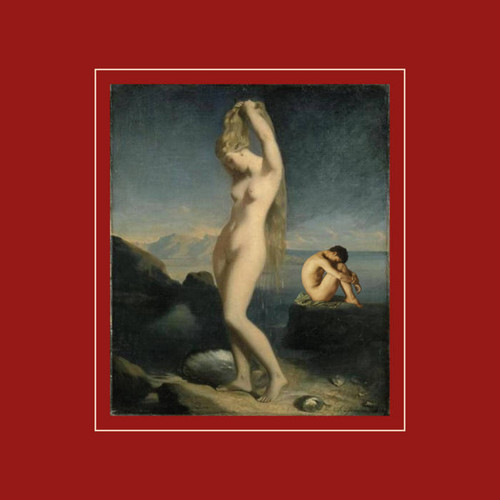

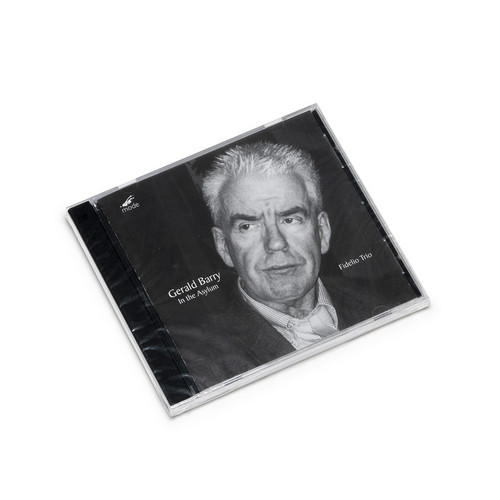
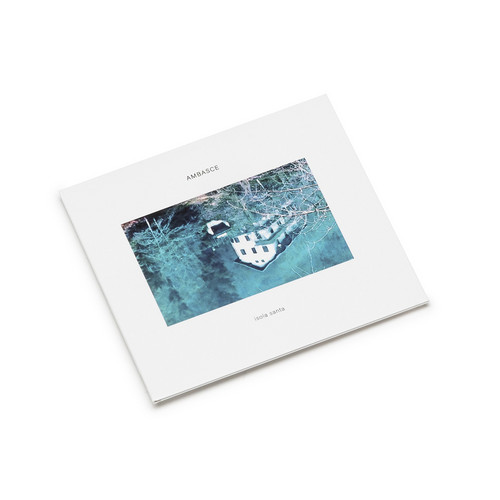
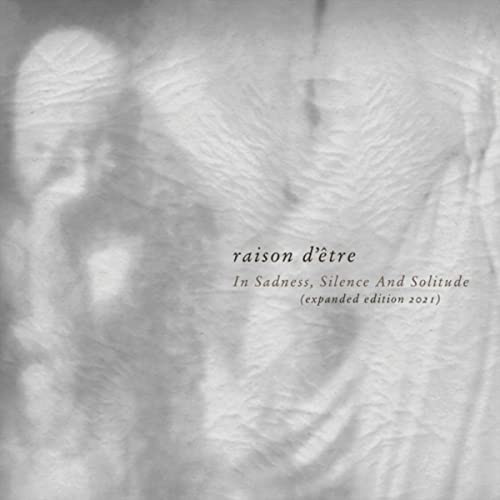

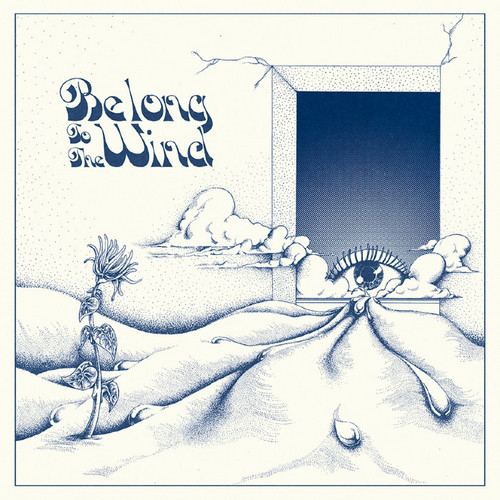
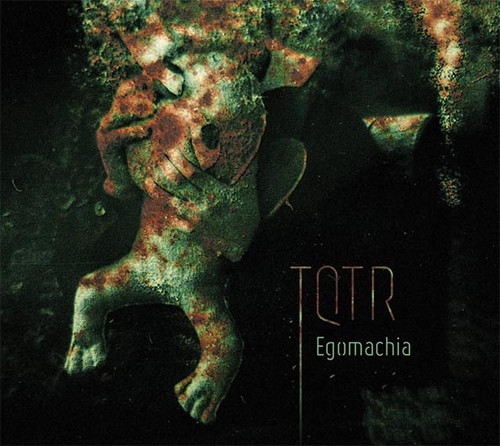
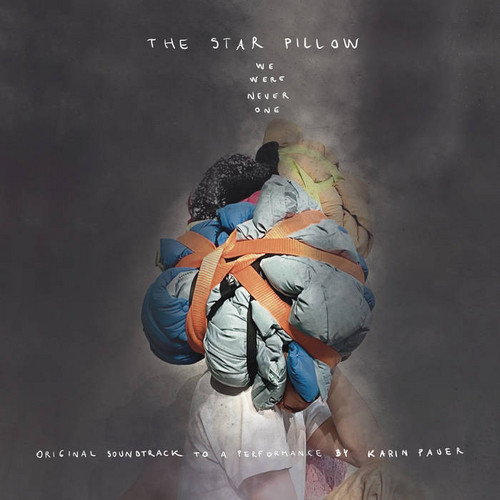
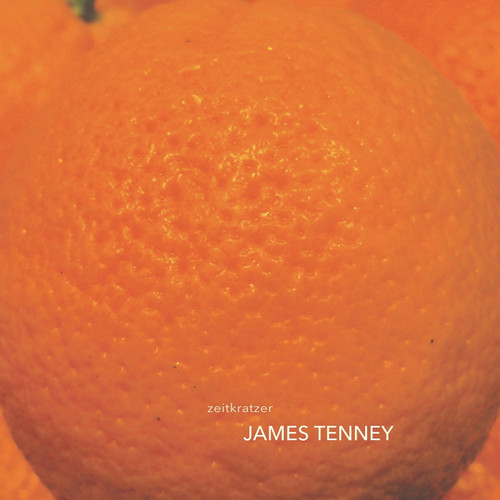

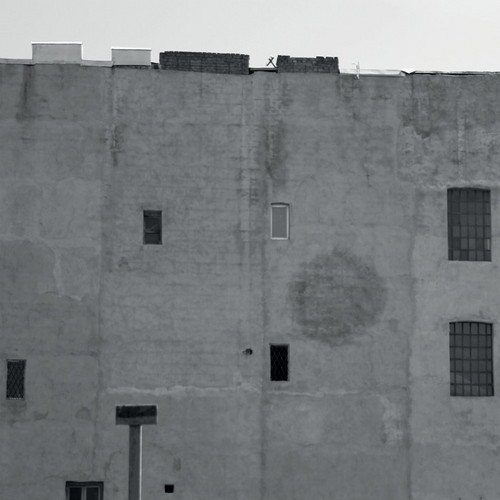
![I Seem to Live [vol.2] (Book)](https://cdn.soundohm.com/data/products/2022-07/9783959052900_0-jpg.jpg.500.jpg)



